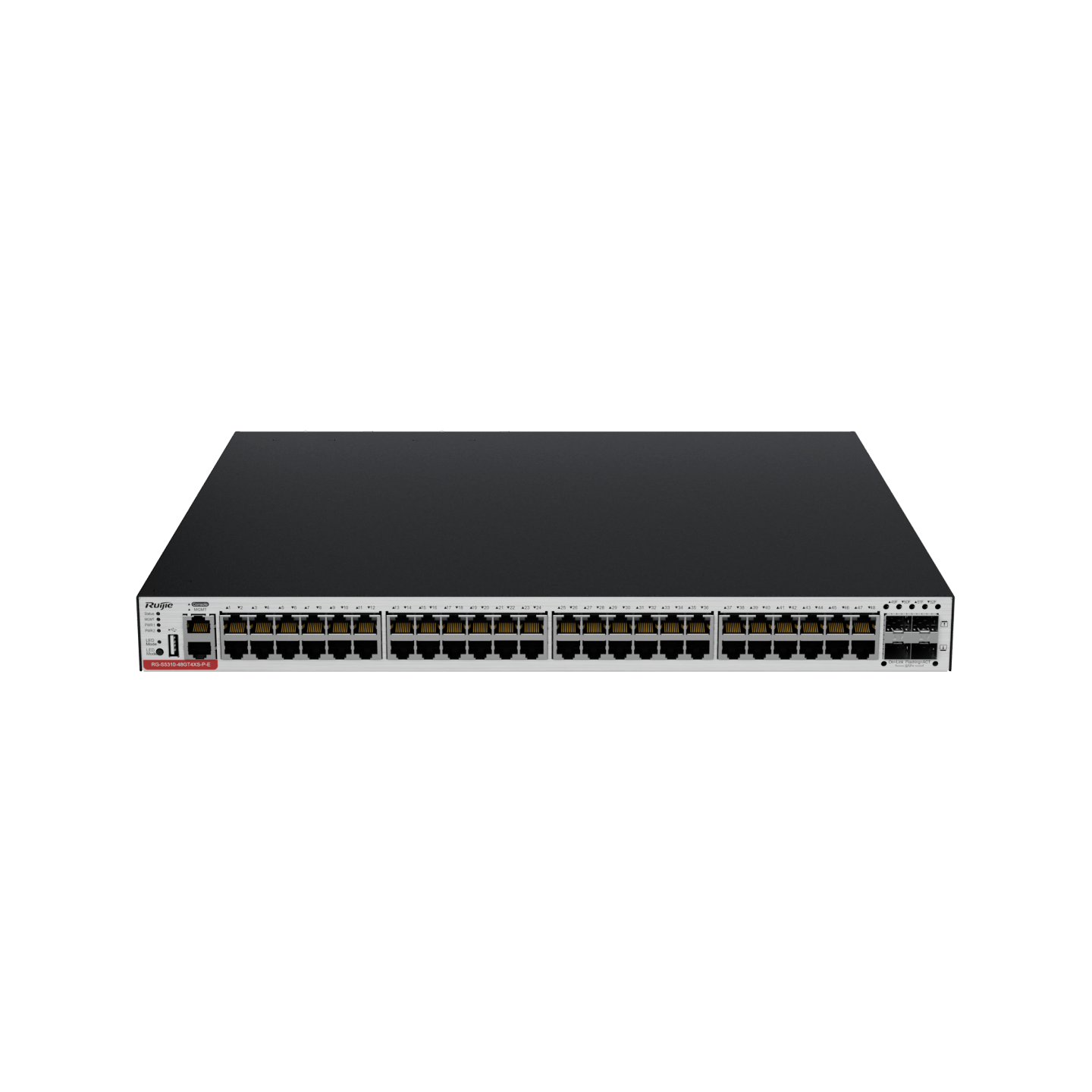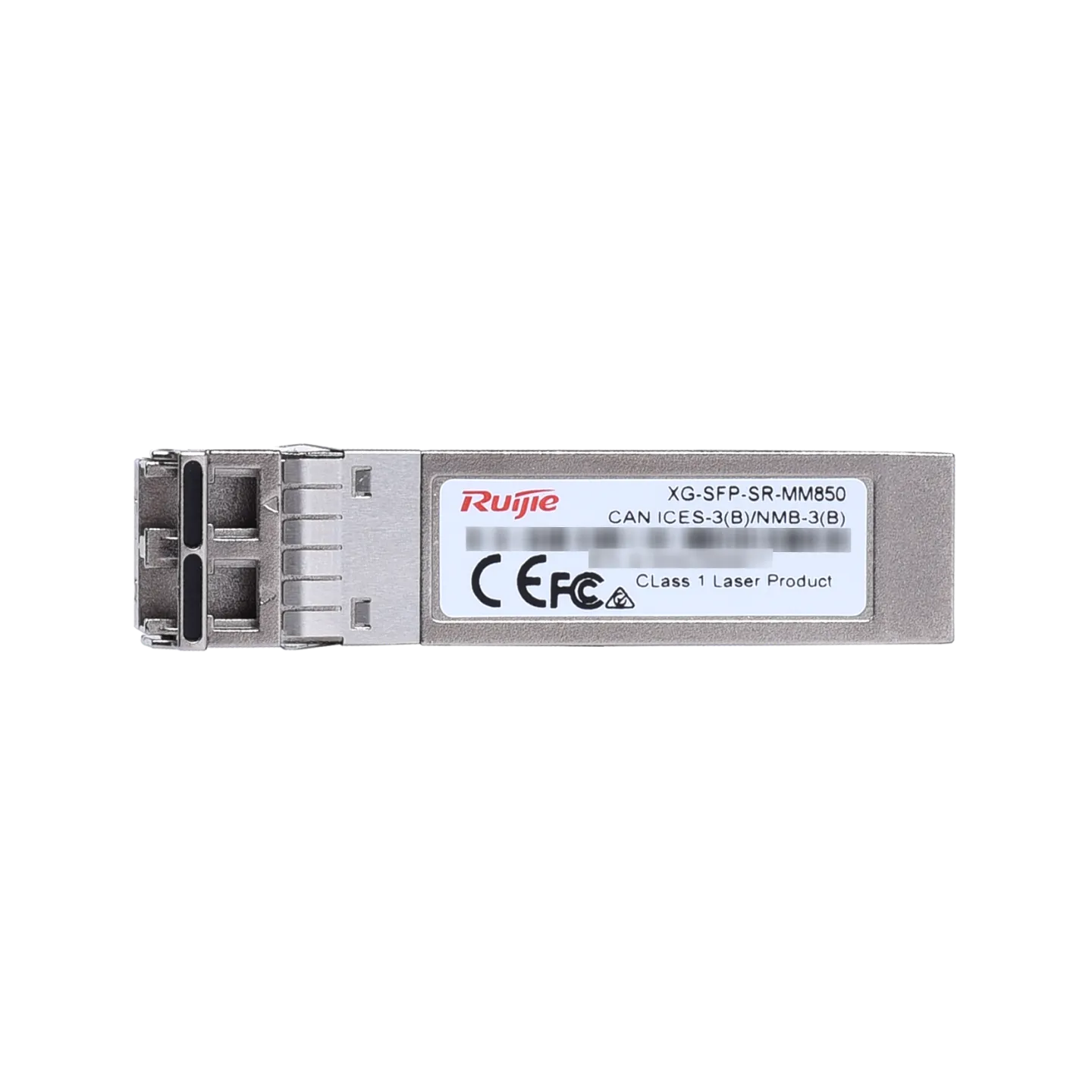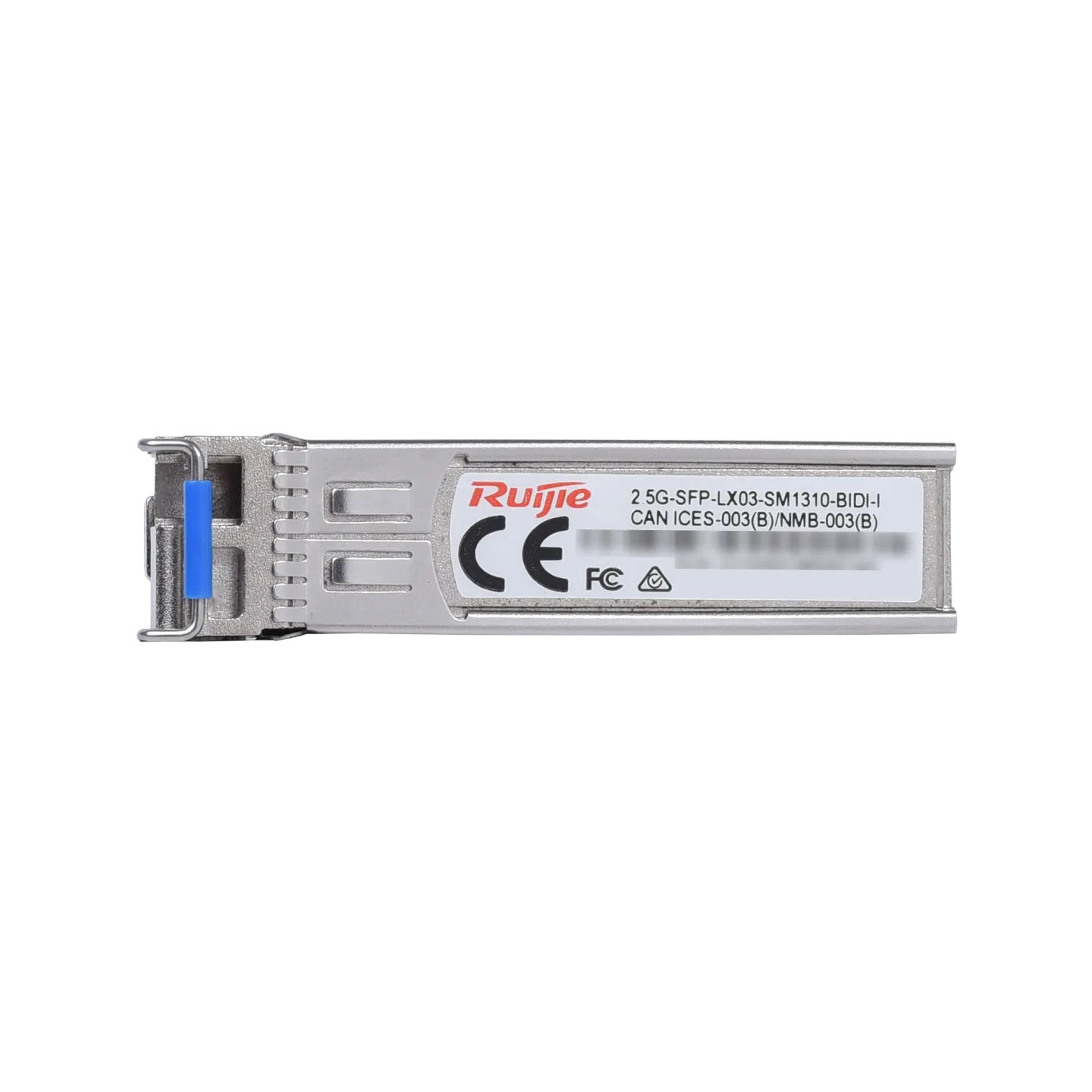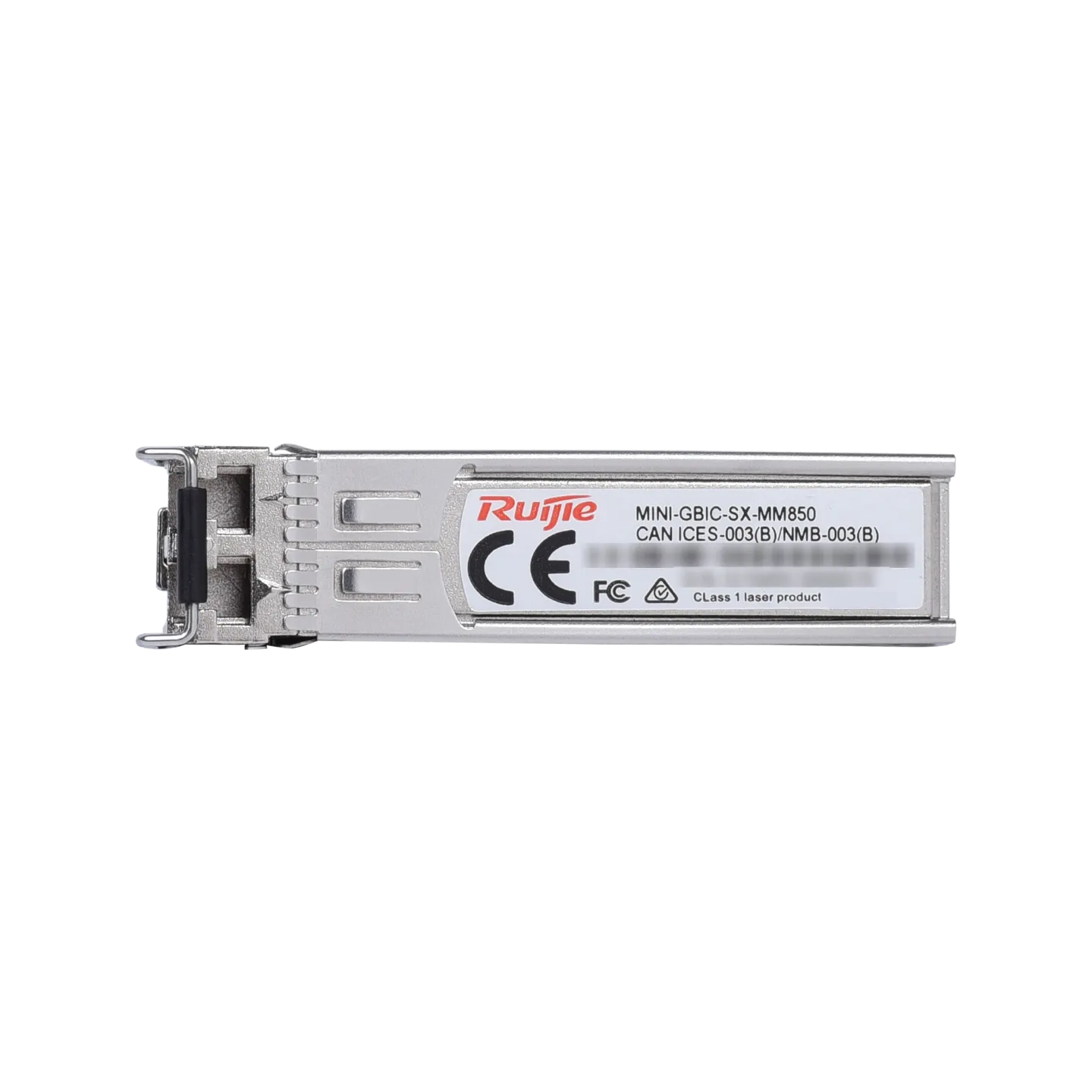Optical transceivers are essential components in modern communication systems, responsible for data transmission over optical networks. The primary difference between single-mode and multimode transceivers lies in the type of light mode they support. Single-mode transceivers support a single light mode, while multimode transceivers support multiple light modes. Correctly identifying whether an optical transceiver is single-mode or multimode is crucial for ensuring system performance and reliability.
With the rapid development of 5G networks, all-optical access networks, and data center interconnections in China, understanding optical transceivers has become increasingly important. Here are three key points to help you distinguish between single-mode and multimode optical transceivers:
1. Differences in Transmission Distances and Optical Cables
The transmission distances of single-mode and multimode optical transceivers differ. Single-mode optical transceivers are typically used with single-mode optical cables and can transmit data over distances exceeding 10 km. In contrast, multimode optical transceivers are paired with multimode optical cables and are suitable for shorter distances, usually less than 2 km.
2. Operating Wavelengths and Light Sources
To determine whether an optical transceiver is single-mode or multimode, three wavelengths are important to remember: 850 nm, 1310 nm, and 1550 nm. These are common operating wavelengths for optical transceivers. The operating wavelengths vary with transceiver types. The operating wavelength of multimode optical transceivers is 850 nm, and that of single-mode optical modules is 1550 nm or 1310 nm.
Light-emitting diode (LED), Vertical-Cavity Surface-Emitting Laser (VCSEL), FD laser diodes, and distributed feedback (DFB) laser diodes are common light sources. The first two are used by multimode optical transceivers, and the last two are used by single-mode optical transceivers.
3. Application Scenarios of Intranet or MAN
To check whether an optical transceiver is single-mode or multimode, check its application scenarios. Multimode optical transceivers are used for shorter distances and are ideal for interconnections within data centers. Single-mode optical transceivers, on the other hand, are well suited for long-distance metropolitan area network (MAN) transmissions.
Optical transceivers are critical for enabling the conversion and connection of electrical and optical signals, enhancing network transmission quality. High-quality optical transceivers can significantly improve network performance, while optical transceivers with poor performance or compatibility may lead to issues such as packet loss, unstable transmission, and high optical attenuation.
In optical communication, Ruijie Networks offers the GE-SX-MM850 gigabit multimode full-duplex LC SFP modules, the GE-LX-SM1310 gigabit single-mode LC full-duplex SFP modules, and other gigabit SFP modules, as well as 10 Gbps and 2.5 Gbps optical transceivers. For more information, visit the optical transceiver category page. If you have any questions, feel free to contact us.















